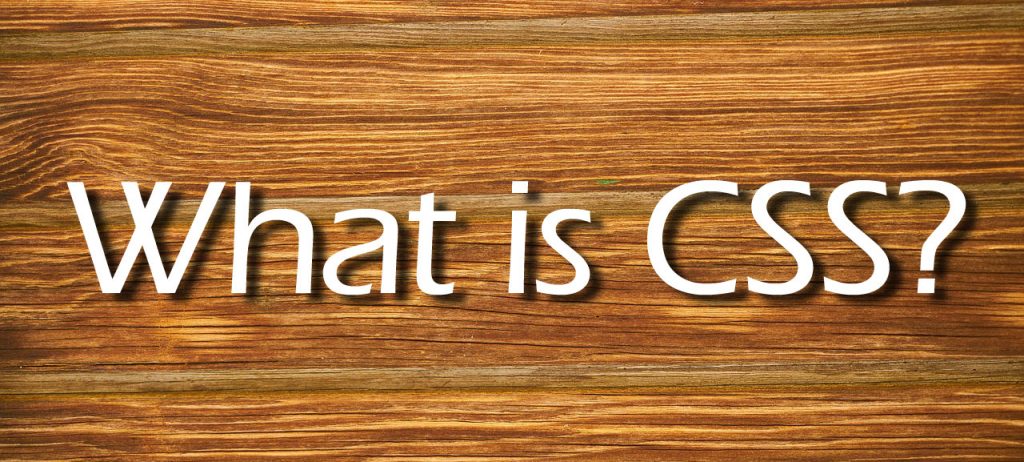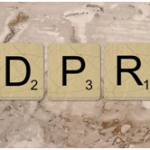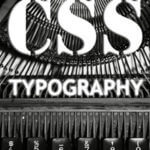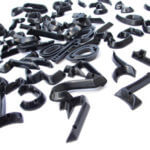
Cascading Style Sheets or CSS stand for the various styles used to create a web page. When CSS is used to create a page, it can help define the page formatting, how elements should be loaded on the page from a variety of sources, etc. Using CSS helps define the order of the page and helps minimize page conflicts. CSS provides more control over the appearance of a web page to the page creator.
CSS was first developed for web developers to define the visual appearance of the web pages that they were creating and allow web professionals to separate a website’s content and structure from its visual design. This segregation of structure and style allows HTML to perform its function without having to interfere with the design and layout of the page.
Today, most modern browsers support CSS level 1, most aspects of CSS level 2 and 3. As CSS continues to evolve, new styles are being introduced, and web browsers have started to implement modules that bring new CSS support into those browsers giving web designers new styling tools to work with.
Why are cascading style sheets necessary?
CSS is one of the most powerful tools a web designer can use to develop and alter the entire visual appearance of a website. Well written style sheets allow for easy and quick upgrades, and allows sites to change what is prioritized or valued. It also helps how a page looks without any alterations to the underlying HTML markup.
CSS can be used to keep a site consistent, and the easiest way to do this is to link or import an external style sheet. If the same external style sheet is used for every page of the site, all pages will have the same styles.
The main hurdle of CSS is the learning required since browsers change frequently and what works well today may not tomorrow. Since CSS can cascade, combine and evaluate how browsers can interpret the directives differently, it can be more challenging to master than plain HTML. CSS also changes in browsers in a way that HTML does not.
Once a person is comfortable using CSS, style sheets provide flexibility in the layout of web. With practice, you can derive simpler and faster techniques of styles and approaches that have worked in the past and can be used again to build new web pages in the future.
How to use CSS?
- Use a single master style sheet for all the common elements across pages on your site:One of the main benefits of style sheets is to ensure visual continuity when a user navigates through the site. The idea is for the text and basic layout to appear similar, no matter which page or tab it is. This strengthens brand cohesiveness.
- Use page-specific stylesheets: Often, all pages on the site do not have the same visual elements. When you have page-specific visuals or style elements, the best practice is to create separate page-specific stylesheets. This way, only the styles required by a page are loaded instead of loading all styles on all pages. This can improve the page speed.
- Use linked style sheetsrather than embedded styles: Referencing external files will get the maintenance benefits of being able to update the appearance of the entire site with a single alteration. It will also reduce the amount of code on the page, improve the code to text ratio and page load time. If a single style sheet is used for the entire site, that file is a single download once and for all.
- Style sheets should be designed by a single, central design group: Centralized designis one of the ways to ensure a consistent style and reap one of the main benefits of style sheets. Understanding the effect of the style is relatively easy in traditional desktop publishing. Most web content creators are not capable of designing and writing good style sheets. These differences make it necessary that the web style sheets be designed by a specialist who understands the results may look different from their screens.
- Active evangelism program: This type of program helps train the content creators on how to use the centrally defined style sheet. Research shows many users make errors in using word processing style sheets. The cascading style sheet can be handled with a small manual that explains different styles, when and how to use them, including examples. The screenshots should be made into clickable image maps, allowing users to click on an effect they want to achieve and access documentation for the appropriate styles. If multiple styles have a similar appearance, many errors can be avoided by explaining the differences and when each style should be used.
- Individual page authors can create additional styles for their pages: Authors should be encouraged to do so when necessary, but there will be instances where a certain style is required but not supplied in the central style sheet. If many pages need the same effect, it should be added to the site’s global style sheet. The page should continue to link in the global style sheet which should be overridden as necessary with local styles. Doing so provides a benefit of allowing future changes to the central style sheet and propagate to the modified page as much as possible.
CSS implementation guidelines
- Pages mustcontinue to work when style sheets are disabled.
- One should avoid using more than two fonts.
- Avoid use of absolute font sizes.
- ‘!’ the attributeshould be avoided to override the user’s settings.
- If there are multiple style sheets, ensure touse the same ‘CLASS’ names for the same concept in all the style sheets.
Cascading style sheets can simplify web design, maintenance, and updates. They also help a website perform better, regarding page load time and search engine performance. Most professional web designers use cascading style sheets for their web design projects. It is likely that different browsers will choose to implement CSS differently and a web page creator must test the page with various browsers. Professionals at Flying Cow can help use CSS optimally and ensure navigating through your website is a seamless experience.
CEO, Flying Cow Design
Attended University of Auckland
Lives in San Francisco Bay Area










